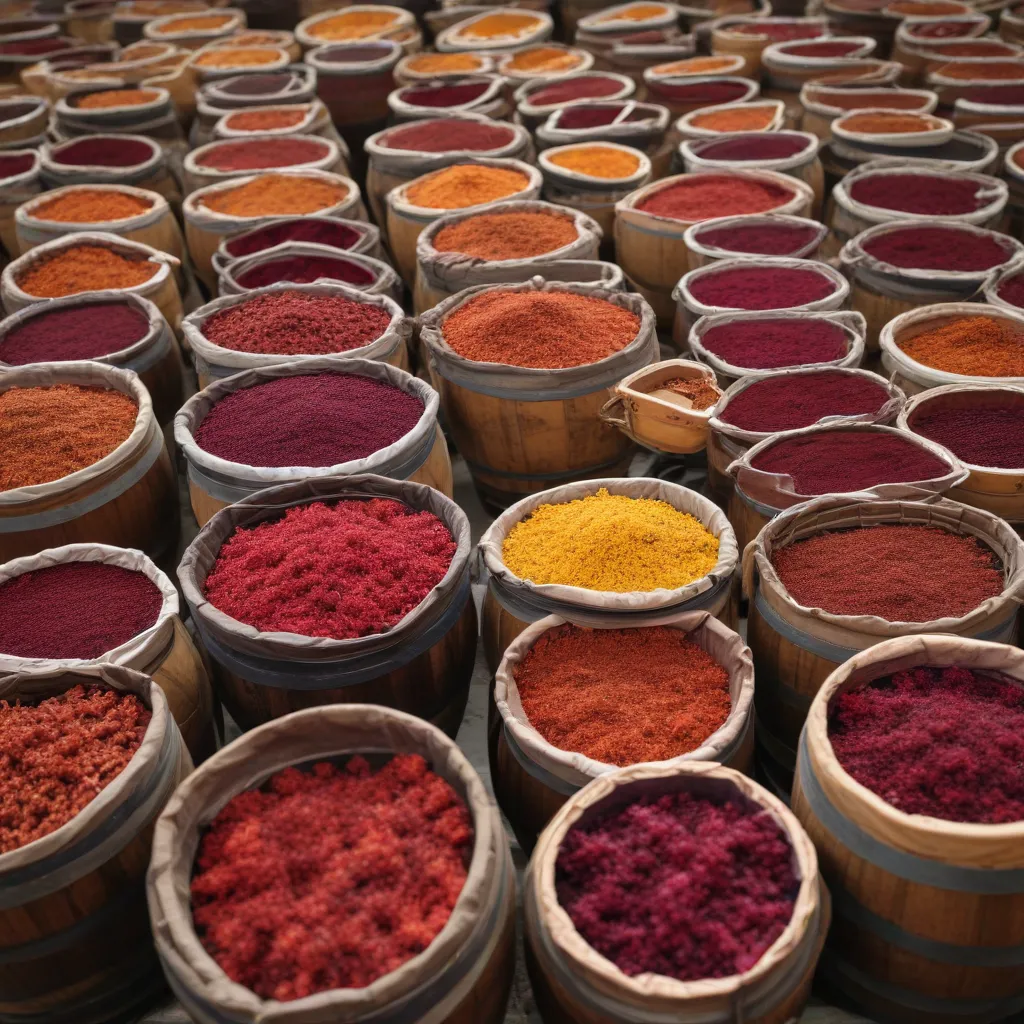
Winemaking is a delicate balance of science and art, with maceration playing a crucial role in shaping the final character and quality of a wine. Maceration, the process of allowing grape juice and skins to interact during fermentation, is integral to extracting the desired color, tannins, and flavor compounds from the grape skins. Winemakers can choose between pre-fermentation and post-fermentation maceration techniques, each offering unique advantages and considerations.
Maceration Techniques
Pre-fermentation maceration, also known as a cold soak, involves soaking the grape must (crushed grapes) at low temperatures for a period before fermentation begins. This gentle process allows for the extraction of color, aroma compounds, and softer tannins from the grape skins. The duration of pre-fermentation maceration can vary, typically ranging from a few hours to several days, depending on the winemaker’s desired style and the grape variety.
In contrast, post-fermentation maceration involves extending the contact between the grape skins and the fermenting wine after primary fermentation is complete. The length of this maceration period can range from a few days to several weeks, and it is often employed to enhance the extraction of tannins and flavors, particularly for red wines. Post-fermentation maceration contributes to the development of a wine’s structure, complexity, and aging potential, although prolonged maceration can also lead to excessive extraction, resulting in harsh or astringent flavors and overly aggressive tannins.
Factors Influencing Maceration
The decision to use pre- or post-fermentation maceration, or a combination of both, depends on various factors. The grape variety plays a significant role, as certain grape varieties have more tannins and color compounds in their skins, making them well-suited for maceration techniques. The winemaker’s desired wine style also influences the choice, as those seeking a wine with a deep color, intense flavors, and structured tannins may opt for pre-fermentation maceration.
The quality of the grapes is another crucial factor. Grapes with good phenolic maturity, meaning they have developed tannins and flavors, are more suitable for maceration. Additionally, the intended aging potential of the wine can also guide the winemaker’s decision, as wines destined for long-term aging can benefit from post-fermentation maceration, which contributes to the development of tertiary aromas and smoother tannins.
Maceration and Tannin Extraction
Tannins are an essential component in winemaking, contributing to a wine’s structure, mouthfeel, and aging potential. The tannin extraction during maceration is a complex process that is influenced by various factors, including temperature, duration, and oxygen exposure.
Warmer fermentation temperatures generally result in increased tannin extraction, as the alcohol environment helps to solubilize the tannins from the grape skins and seeds. Winemakers often start with lower temperatures and gradually increase them during fermentation to control the rate of tannin extraction. Oxygen exposure during maceration, through techniques like punch-downs and pump-overs, can also play a role in elongating the tannin chains, leading to a smoother, less astringent mouthfeel.
The Importance of Color in Winemaking
Color is another crucial element that is heavily influenced by maceration. Anthocyanins, the pigments responsible for the red color in wine, are primarily found in the skins of the grapes. Pre-fermentation maceration allows for the gentle extraction of these color compounds, contributing to the wine’s deep, vibrant hue.
The development of color in the vineyard is also essential, as factors such as sunlight exposure, canopy management, and crop load can all impact the accumulation of anthocyanins in the grape skins. Winemakers closely monitor these factors to ensure optimal color development in the grapes before they even reach the winery.
Sensory Characteristics of Macerated Wines
The maceration techniques employed by a winemaker can have a significant impact on the sensory characteristics of the final wine. Mouthfeel and texture are heavily influenced by the extraction of tannins, with longer chain tannins contributing to a more velvety, umami-like sensation, while shorter chain tannins can result in a more astringent, drying experience.
The aroma and flavor profiles of macerated wines can also vary, with pre-fermentation maceration often emphasizing primary fruit aromas and flavors, while post-fermentation maceration can lead to the development of more complex, secondary and tertiary notes. Ultimately, the winemaker’s goal is to balance the various sensory elements, creating a harmonious and enjoyable drinking experience for the consumer.
Winemaking Regulations and Guidelines
Winemaking is subject to a variety of regulations and guidelines, both at the appellation level and in terms of sustainability and environmental considerations. Winemakers must carefully navigate these requirements when determining their maceration techniques, ensuring they adhere to any color or tannin-related stipulations while also prioritizing quality and environmental responsibility.
The Future of Maceration in Winemaking
As the understanding of tannin chemistry and its role in winemaking continues to evolve, winemakers are exploring new and innovative techniques to optimize maceration. Emerging technologies, such as advanced analytical tools and fermentation control systems, are providing winemakers with greater insights into the intricacies of tannin extraction and color stabilization. Additionally, consumer trends and market demands are driving winemakers to refine their maceration practices, catering to evolving preferences for balanced, age-worthy wines with complex sensory profiles.
The role of maceration in winemaking is a complex and ever-evolving topic, requiring a deep understanding of grape chemistry, fermentation dynamics, and sensory perception. By carefully managing the maceration process, winemakers can unlock the full potential of their grapes, crafting wines that captivate the senses and tell a compelling story. As research and innovation continue to shape the future of this crucial winemaking step, the art and science of maceration will undoubtedly remain a central focus for wine enthusiasts and producers alike.
